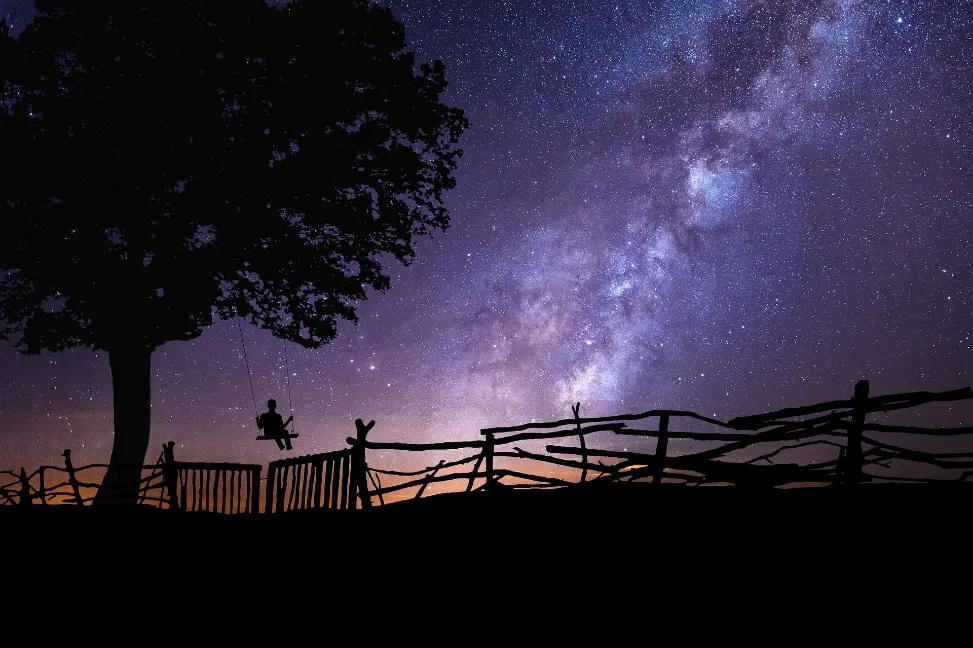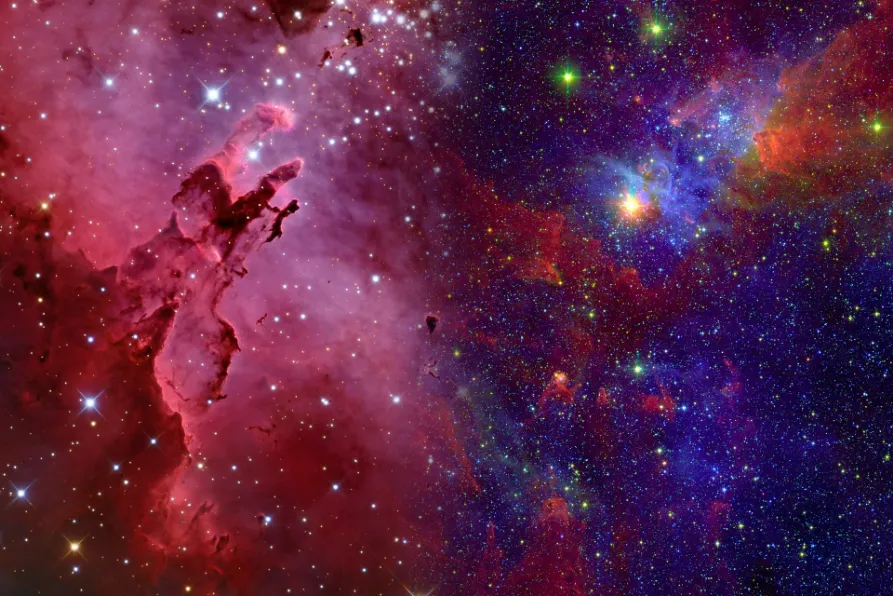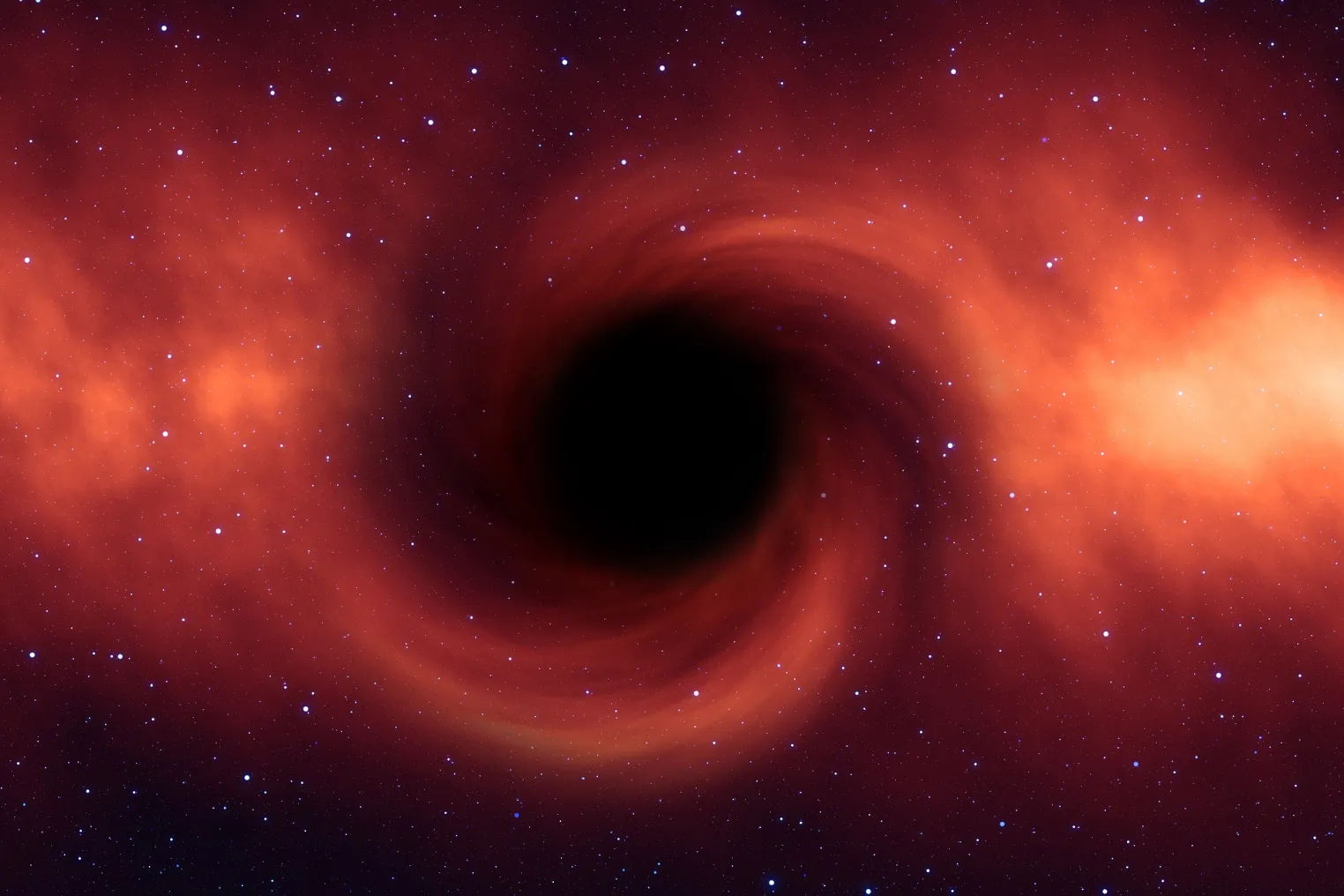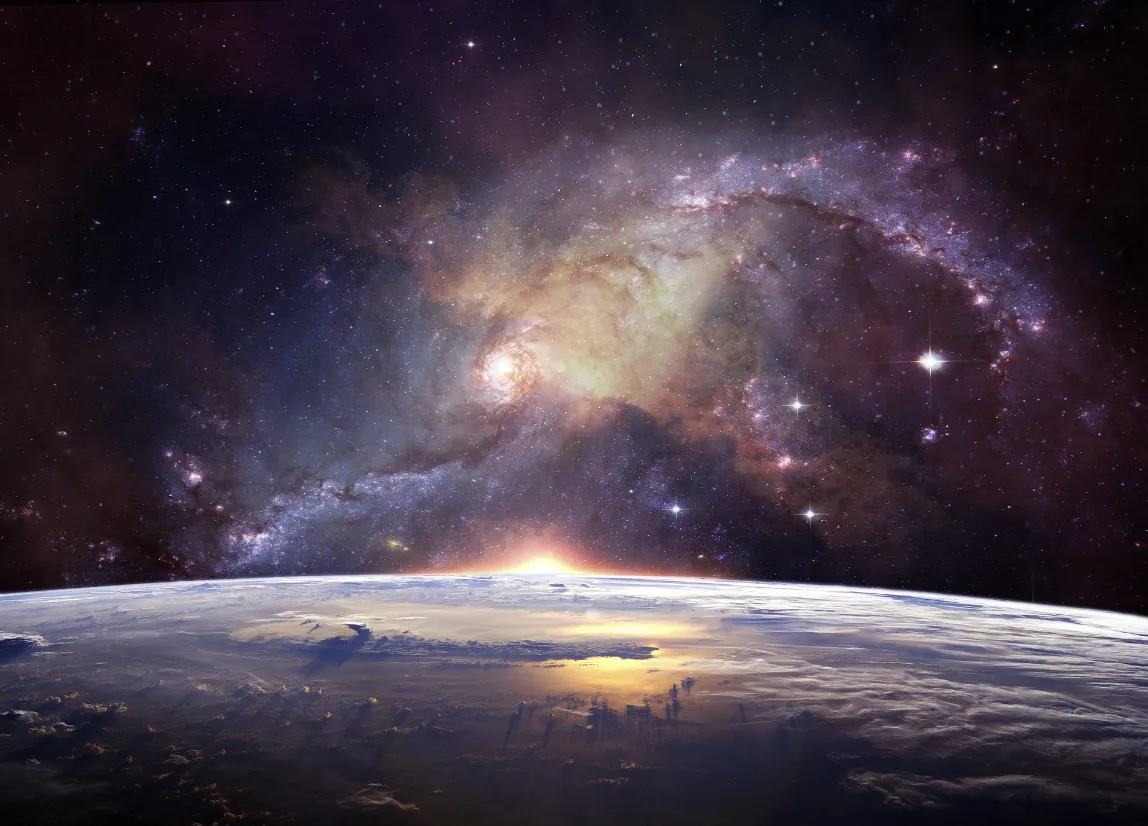
The Milky Way galaxy is our cosmic home. It’s huge, with billions of stars and trillions of planets. It’s also beautiful, with nebulae, black holes, and other galaxies. And it’s mysterious, with dark matter and dark energy that we don’t fully understand.
But the Milky Way is more than just a pretty face. It’s a dynamic and ever-evolving system, where stars are born, live, and die, and where new planets and planetary systems are constantly forming.
Table of Contents
The vast size of the Milky Way
The Milky Way is a spiral galaxy that is estimated to be over 100,000 light-years in diameter. It contains over 100 billion stars and trillions of planets. The Milky Way is so large that it takes light over 100,000 years to travel from one side of the galaxy to the other.
The vast size of the Milky Way contributes to its beauty and mystery. Imagine looking up at the night sky and seeing a sea of stars that stretches on forever. That is just a tiny fraction of the stars in the Milky Way. The Milky Way is truly a sight to behold.
There is still so much that we don’t know about this galaxy. We are constantly discovering new objects and phenomena in the Milky Way, which only adds to its allure.
Facts about the Milky Way’s size
- The Milky Way is thicker at its center than at its edges, with a central bulge that is about 10,000 light-years thick.
- The Milky Way’s disk, which is where most of the stars and planets are located, is about 1,000 light-years thick.
- The Milky Way’s spiral arms extend up to 50,000 light-years from the center of the galaxy.
- The Milky Way is so large that it contains about 1% of all the stars in the observable universe.
The diverse objects of the Milky Way
The Milky Way galaxy is an astrophysical treasure chest teeming with an astonishing variety of celestial objects, each contributing to its allure, grandeur, and enigmatic charm.

Stars: A Cosmic Multitude
Amongst the cosmic tapestry of the Milky Way, stars steal the spotlight. Billions upon billions of stars illuminate the galaxy, showcasing a staggering array of sizes and colors. From the pint-sized red dwarfs, their dim radiance barely visible, to the luminous blue giants, some stars dwarf our Sun in sheer size. These celestial luminaries collectively paint the galaxy with a captivating brilliance that has intrigued and inspired astronomers and dreamers alike.
Planets: Cosmic Companions
Scattered throughout the Milky Way are an abundance of planets, each playing a unique role in their stellar systems. Planets, circling their parent stars, bring a sense of dynamism and diversity to the galaxy. Virtually every star in the Milky Way is believed to host at least one planet in its celestial embrace. In some systems, multiple planets form intricate cosmic dances, inviting contemplation about the potential for life beyond Earth.
Nebulae: Cosmic Clouds of Splendor
Nebulae, these wispy clouds of gas and dust, serve as picturesque adornments to the Milky Way’s canvas. Their vibrantly hued palettes captivate the eye and spark the imagination. Nebulae come in a fascinating array of shapes, some curiously resembling familiar objects or creatures. They offer a mesmerizing, ever-changing spectacle that reminds us of the cosmic artistry inherent in our galaxy.
Galaxies: A Cosmic Collective
While the Milky Way’s grandeur is undeniable, it’s vital to remember that it’s just one star among the boundless multitude in the universe. Our galaxy is part of a grand cosmic collective, one among billions of galaxies that paint the tapestry of the universe. Each galaxy is a universe unto itself, bearing its unique stories and wonders, underscoring the scale and grandeur of the cosmos.
Black Holes: The Universe’s Enigmatic Abyss
Black holes, the enigmatic abysses of the cosmos, cast a shroud of profound mystery within the Milky Way. These regions of immense gravitational force are known to be the ultimate cosmic vacuum cleaners, where nothing, not even light, can escape their grasp. The presence of these elusive cosmic entities fuels our collective curiosity and scientific inquiry, offering a profound, almost mystical, layer of enigma to our galaxy.

Facts about the diverse objects of the Milky Way
- The Milky Way contains the supermassive black hole Sagittarius A* at its center. Sagittarius A* is about 4 million times more massive than the Sun.
- The Milky Way contains the Orion Nebula, which is one of the brightest and most famous nebulae in the sky.
- The Milky Way contains the Andromeda Galaxy, which is the closest major galaxy to the Milky Way. The Andromeda Galaxy is about 2.5 million light-years away from the Milky Way.
The Hidden Secrets of the Milky Way
There is still so much that we don’t know about the Milky Way. One of the biggest mysteries is the nature of dark matter and dark energy. Dark matter is thought to make up about 85% of the matter in the universe, but we don’t know what it is. Dark energy is thought to be accelerating the expansion of the universe, but we don’t know what it is either.
The Milky Way galaxy is moving through space at about 1.3 million miles per hour. This is equivalent to traveling around the Earth 30,000 times in a single day! The Milky Way is also very old, at about 13.6 billion years old. This means that it formed just a few hundred million years after the Big Bang, the event that created the universe.
We Learned
As we conclude our journey through the Milky Way, we’re reminded that this galaxy, with its vastness, diversity, and unsolved riddles, truly defines the beauty and mystery of the universe. Its enigmatic nature beckons us to continue our exploration, to seek answers to the questions it poses.

The Milky Way serves as both our celestial home and a boundless frontier of discovery, fueling our curiosity and inviting us to understand the cosmos in all its splendor and complexity. So, keep gazing at the starry skies, for there’s much more to uncover in this captivating galactic tapestry.








